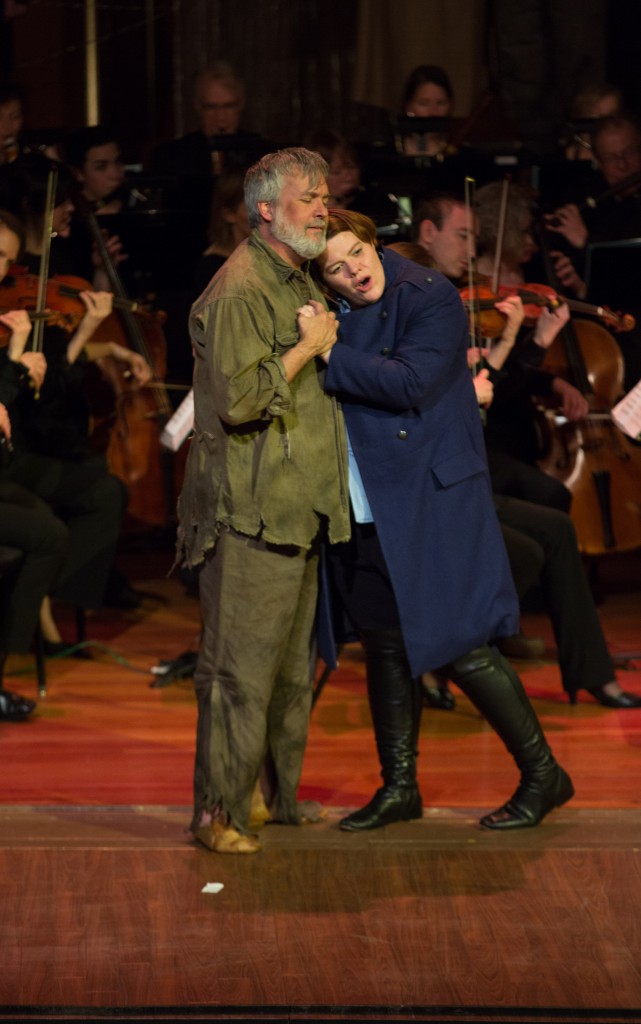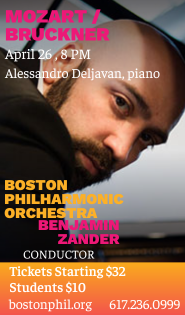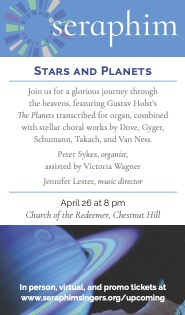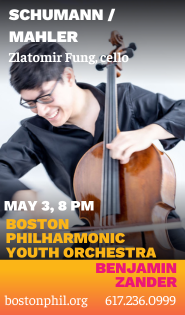Boston Baroque brings a fine cast, period-instrument panache to Beethoven’s “Fidelio”

William Burden as Florestan and Wendy Bryn Harmer as Leonore in Boston Baroque’s performance of Beethoven’s “Fidelio” Friday night at Jordan Hall. Photo: Kathy Wittman
Beethoven longed to master everything he could in music, and in 1803 he turned his attention to opera.
Though he abandoned his first attempt, Vestas Feuer, after he sketched the first scene, Beethoven soon found a subject that would serve his political idealism as well as capitalize on the theatrical trend of his day. By that time, rescue operas had become a craze in France and Vienna, and stories of heroes and heroines saving loved ones from ruthless rulers struck a nerve in Europe following the French Revolution and Reign of Terror.
Beethoven, an ardent republican, turned to Jean-Nicolas Bouilly’s story of Leonore, a strong young woman who rescues her husband, Florestan, from undue imprisonment. Though unsuccessful at its 1805 premiere, Beethoven’s Fidelio, after several revisions, came to stand as one of his signature achievements.
Performances of Fidelio are not rare, but Boston Baroque, led by Martin Pearlman at Jordan Hall Friday night, delivered a treat in Boston’s debut performance of the opera with period instruments.
Listening to Beethoven on the instruments of his day can be a revelatory experience. The composer often wrote music that pushed these instruments to their limits. Fidelio, however, seems to fit a period ensemble more naturally than does his Symphony No. 9, which Boston Baroque offered a few seasons ago. In Friday’s performance, the Boston Baroque strings brought inviting warmth to the ensemble tone. Natural trumpets and horns sounded with a vocal quality, while woodwinds seemed to cut through the orchestra. Pearlman, leading with deliberate gestures, drew playing of fine intensity to accompany the singers. The overture had bite and energy, and the music that sets the scene in Florestan’s prison cell was imbued with darkness. The edge and power one experiences in the best Beethoven performances were always present.
Pearlman opted to stick to the composer’s original 1814 score, and elected not to insert the Leonore Overture No. 3 in Act 2, a tradition initiated by Gustav Mahler.
As Leonore, the heroic wife of Florestan who dresses up as the young guard Fidelio to infiltrate the prison, Wendy Bryn Harmer sang with a pearly, flowering soprano that brought a soulful humanity to the character. Her character’s mind was always on Florestan. Not knowing whether he is dead or alive, she expressed her undying love for her husband in a sweetly expressive “Abscheulicher, wo eilst du hin?”
As the doomed Florestan, tenor William Burden brought a bright, ringing tone to “Gott, welch Dunkel hier,” his pleading aria at the opening of Act 2. In “In das Lebens Frühlingstagen,” his visions of springtime and his angelic wife turned manic, but Burden delivered the scene with beautifully blooming lines, a fading light in this last prayer of a dying man.
Nathan Stark sang with a cavernous bass voice as the avuncular Rocco, a jailer whom Fidelio persuades to venture into Florestan’s cell. Jaquino, sung vibrantly by tenor Andrew Stenson, has his eye upon Rocco’s daughter Marzelline, played by Anna Christy, who doesn’t return his advances as she is in love with Fidelio. Together, the singers made for a delightfully comic and affecting trio, with Christy’s singing bringing a Mozartean grace to her aria “O wär ich schon mit dir vereint” in Act 1. In the Canon Quartet “Mir ist so wunderbar,” Stark, Stenson, Christy, and Harmer spun silvery webs of melody.
As Don Pizarro, vengeful governor of the prison, baritone Mark Walters sang with a tone of menacing, Scarpia-like darkness. With rich, chocolaty voice and dynamic force, Walters’ Pizarro plotted the murder of Florestan in his Act 1 aria, “Ha, welch ein Augenblick.” Bass Brian Kontes was a robust counterpart as Don Fernando, the King’s minister who comes to release Florestan and the other prisoners from Pizarro’s grip.
The men of the Boston Baroque Chorus delivered warm, supple ensemble singing in the Prisoner’s Chorus, with Matthew Anderson and Ryne Cherry singing gleaming, though brief, solo passages. The women of the chorus joined the men in an exuberant finale, where Leonore is heralded.
Mark Streshinsky’s semi-staged production used the full stage of Jordan Hall to good effect. Props were simple but just enough to transform the hall into a melancholy jail. A large door set at the back of the stage served as the prison entrance. Table and chair and laundry rack set a quaint, homey scene in Act 1, while silvery lighting captured the gloom of Florestan’s cell in Act 2.
Effectively drab and ragged costumes transformed the chorus into sorrowful prisoners. Black and white Guard uniforms, Don Pizarro’s dark leather coat, and Don Fernando’s beaming white outfit drove home the well-worn theme of good versus evil. But as is often the case with Boston Baroque productions, one doesn’t need flashy sets or costumes to tell a riveting story.
Fidelio will be repeated 3 p.m. Sunday at Jordan Hall. bostonbaroque.org
Posted in Performances



